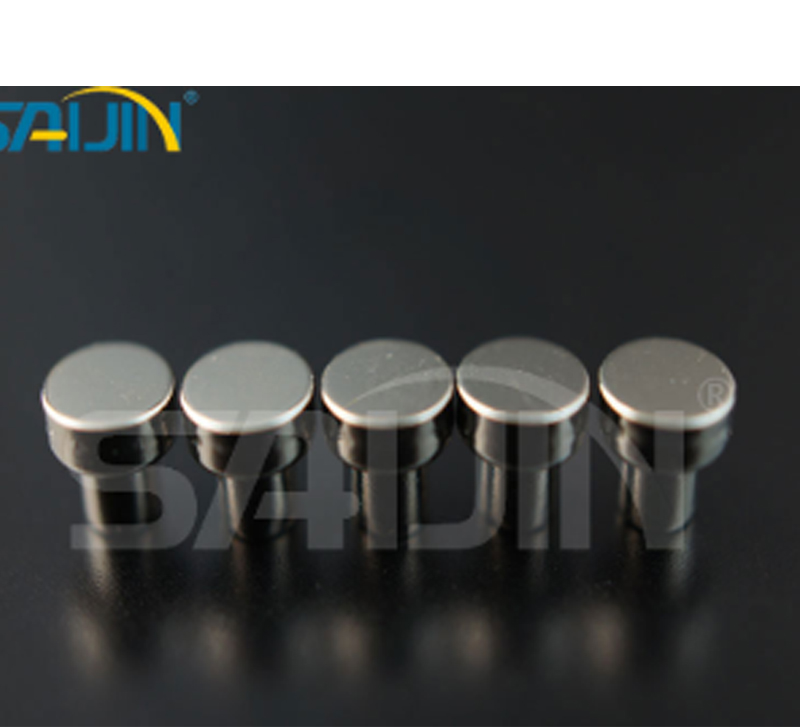How are Tungsten Rivets Manufactured?
Tungsten rivets, valued for high strength, heat resistance, and durability, are key in aerospace, electronics, and other industries. Their manufacturing is complex and precise, with several main steps.

1. Raw Material Preparation
Manufacturing starts with choosing and preparing high - purity tungsten powder. Tungsten, a rare metal with a melting point over 3,400°C, is sourced from ores like wolframite and scheelite. These are crushed and processed chemically and physically to get pure powder. High - purity powder is vital as impurities can impact the rivets' quality. It ensures the rivets have good mechanical properties like strength, wear, and corrosion resistance.
2. Powder Metallurgy Process
2.1 Compaction
Prepared tungsten powder is put into a mold of the desired rivet shape. High pressure compresses the powder, reducing porosity and increasing density. This gives the basic shape, but the rivets are fragile at this stage. Pressure and time are carefully controlled for uniform density.
2.2 Sintering
The green rivets are sintered in a furnace under a controlled atmosphere, usually vacuum or inert gas. At around 1,500 - 2,000°C, below tungsten's melting point, particles bond. This increases strength and density, and changes the microstructure, reducing or removing pores.
3. Forming and Shaping
3.1 Machining
After sintering, machining like turning, milling, and drilling refines the rivets to their final size and surface finish. The head and shank may be shaped to fit the application, ensuring tight tolerances for high - precision use.
3.2 Heat Treatment (Optional)
Heat treatment can improve the rivets' hardness, toughness, and fatigue resistance. Annealing relieves internal stress, while quenching and tempering boost hardness and strength.
4. Quality Control and Finishing
4.1 Quality Inspection
Before use, rivets face strict checks. Dimensional inspection ensures they meet size requirements. X - ray and mechanical tests like tensile and shear strength verify performance. Only passing rivets are approved.
4.2 Surface Finishing
Surface finishing serves functional and aesthetic needs. Plating, like nickel or chromium, improves corrosion resistance and appearance. Polishing or applying a protective coating can also enhance durability.
In conclusion, the manufacturing of Tungsten Rivets is a meticulous and multi - step process. From the careful selection of raw materials to the strict quality control, every stage is crucial. These high - quality Tungsten Rivets, with their outstanding properties, are not only essential for aerospace and electronics but also find applications in numerous other industries, contributing significantly to the development of modern technology.




